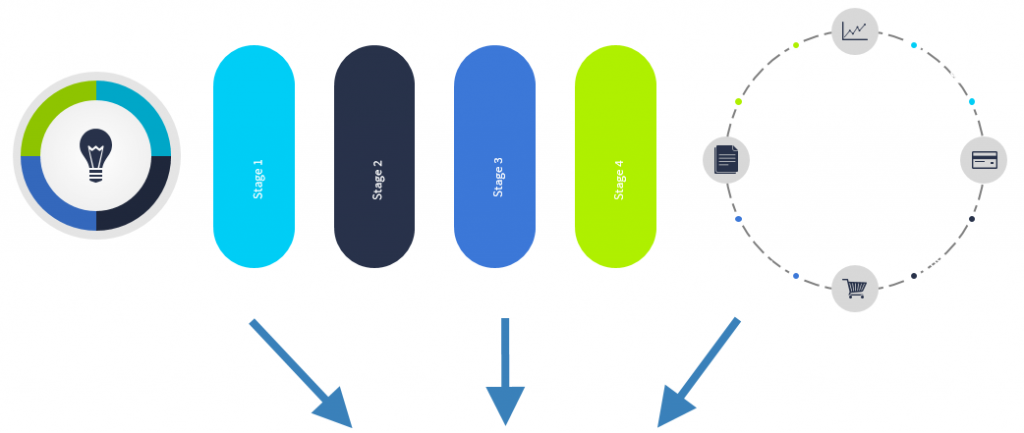A high level theory for applying change management models
If you Google change management models, you are bombarded with a slew of evidence based, effective, change management tools. Effective change management is vital for an implementations success but knowing where to start and which models to use can be a difficult and overwhelming process.
In this blog I describe a three step technique to help you understand and apply change management models with ease.
The task of smoothing out a transition has been addressed by many existing change management models. For example, Kotter’s 8-step model for change management is widely used in the business sector and is a comprehensive series of steps that focuses on people and their feelings toward change. Other change management models include Lewin’s 3-step process for change management, which entails “unfreezing” from the current state, changing to a future state, and freezing in the new state of being, and Prosci’s ADKAR model, which defines awareness, desire, knowledge, ability, and reinforcement as the basic building blocks for change.

The overlap between models is made more confusing when you consider that each one of these models has been scientifically proven to improve the success of a transition. Which begs the question…
If all models are correct, which one is the most correct and why the overlap?
Each model is attempting to understand and implement change in a different way. Many of them are scientifically validated because they manage to accurately capture part of the change process. Although accurate, the overlap suggests a larger unobserved picture exists…

To best apply the organisational change models and understand the higher level factors, we must think of a business as a living organism. This metaphor of organisational life sees the organisation as living and adaptive, as well as provides a framework to clearly understand that the broad range of change management models fall under three higher categories.
Diagnosis Models: Understand what makes the organism tick and make change decisions based on this information.
Process Models: Frameworks which provide transitional steps based on psychology to make a positive shift in the organism.
Environment Models: Understand the world in which the organism acts and lives and uses this information to make effective change decisions.
Multiple models may be applied to a given situation; be sure that the three factors have been covered: The current state has been accurately diagnosed, the environment is understood, and a process to aid the transition is decided upon.

Models included
- Denison
- OCAI
- 7 S’s
These models aim to understand the organism better in the hope that through understanding, they can help it change and prosper. Therefore the most effective change management diagnosis model is that which accurately provides the most complete view of the organism/organisation.

Models included
- Lewins Unfreeze-Move-Refreeze
- Kotter’s 8 Syeps
- ADKAR
- People Centred Implementation
When people think of change management models the process models are usually what comes to mind. These models often have several steps and ensure a smooth transition by accounting for how we psychologically adapt to and ultimately accept a change. These models don’t focus on understanding the current state of the organism but on the most efficient way to transition the organism to it’s new state.

Models included
- SWOT
- PESTLE
- Porter’s Five Forces Model
Businesses do not exist in a vacuum, environmental analyses gather information about the macro environment of the organism with the aim of using this information to make informed change decisions whilst ensuring changes are of strategic advantage.
Factors of every change: Diagnosis, Process and Environment
Bringing it all together


Broad frameworks which encompass all three factors do exist. For example Action Research Model, and Managed Change Model both encourage a thorough understanding of the current micro and macro state before beginning the transition process. Most importantly, next time you feel swamped with choice when it comes to change management models remember to ask yourself:
